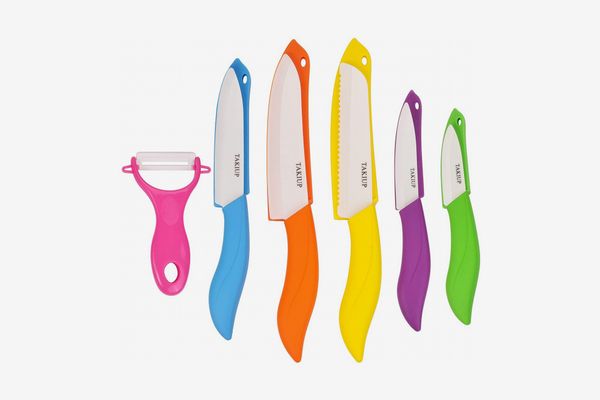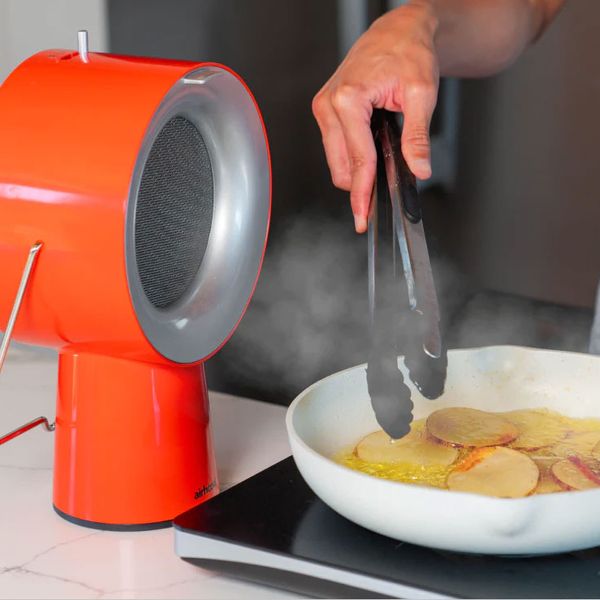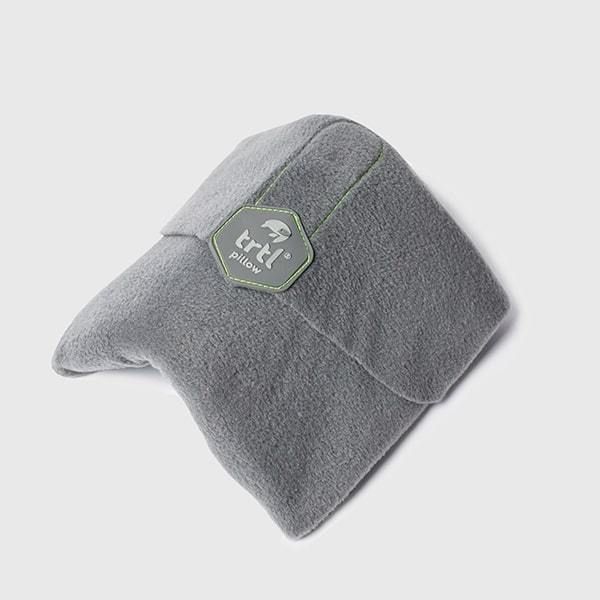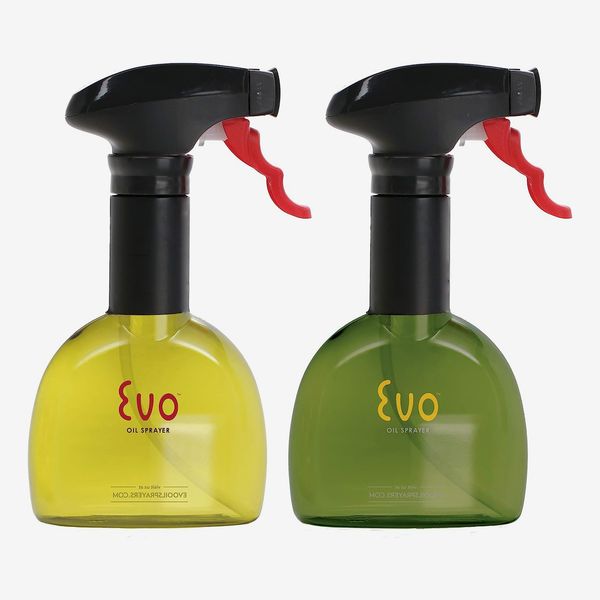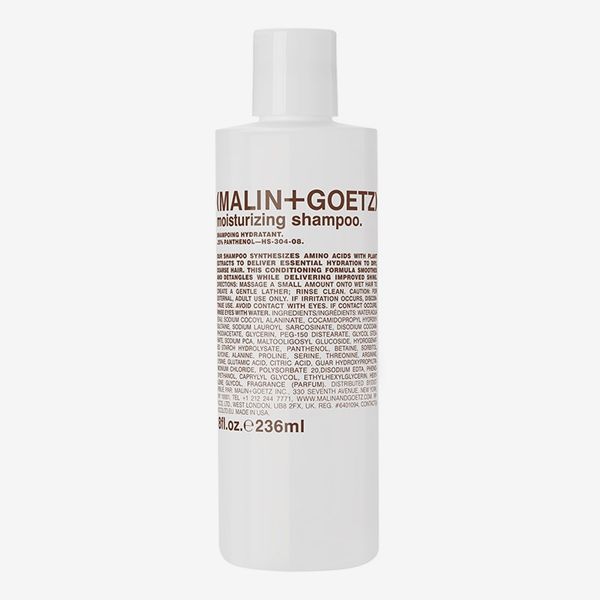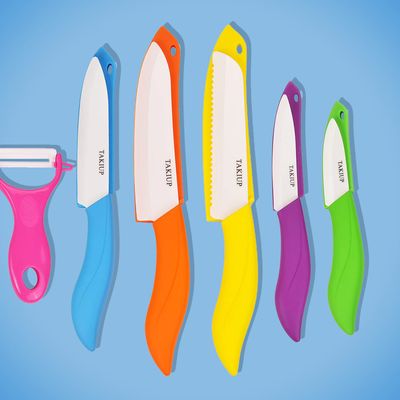
When I went off to my first restaurant kitchen internship more than a decade ago, my boyfriend at the time, a cook, lent me his own first chef’s knife. Along with it came a lecture on how to take care of it and a lesson in proper sharpening. That boyfriend and his knife are ancient history, but I internalized the almost sacred place that knives in general — and especially the chef’s knife, which can be used for almost anything — occupy in the kitchen. The knife is an extension of your hand. It’s an extension of you.
When I graduated from college a year later and had my first real job and salary, it was time to invest in a grown-up knife for myself. After careful research, I landed on a handcrafted Japanese blade with a shiny hardwood handle and a gently rounded “belly” that rocks oh-so-smoothly over veggies and steak. I went on to use it for everything, from unnecessarily elaborate dinner parties to slicing an apple on the fly before dashing out the door. The knife has moved with me from New York to Los Angeles to Philadelphia, then back to New York again. In my hand, it just feels right.
But here’s something that feels actually sacrilegious to admit: so do the colorful ceramic knives in this set of six that costs less than $24. I discovered them many boyfriends later, when I got engaged and was looking for relatively inexpensive items to include on my wedding registry. I added them on a whim, mostly based on their excellent reviews. When the knives arrived, gifted by a cousin, I thought that the best thing about them would be their fun rainbow shades.
But no, there was much more. For one, these knives are incredibly sharp. Ceramic blades are made from zirconium oxide, also called zirconia, which is significantly tougher than stainless steel or carbon steel. Immediately, I noticed that they didn’t pick up funky smells (a big plus for me, since I cook with a lot of garlic); over the past year, they have not rusted up one bit. But they’re also featherlight — about half the weight of my Japanese knife. The chef’s knife in the ceramic set has become a much more appealing option when I want to slice open an avocado for toast or throw together a quick lunchtime salad; the zirconia’s sharpness makes it ideal for chiffonading basil leaves into thin ribbons or dicing fruits and vegetables from the farmer’s market. Beyond the chef’s knife, the serrated blade in the set is my go-to for slicing bread and bagels, and the paring knife is perfect for smaller tasks like deveining shrimp and mincing shallots. The lot of them have become one of our most-used wedding gifts.
Not that they’re perfect. Their hardness is accompanied by brittleness, so they’re definitely not for cutting meat on the bone or trying to hack through anything frozen. And while I do feel a sense of oneness with the bright plastic handles in my grip, the handles are still … plastic; a distinctly less serious-feeling experience from slick ebony wood. But, then, I guess the revelation for me here has been that not all knife work needs to be so serious. That and the sharpening thing: I never mastered that skill, despite what my former boyfriend tried to teach me. And thus, my ceramic chef’s knife is actually sharper than my Shun. Even though it is theoretically more susceptible to chipping and breaking than Japanese steel, I throw the set in the dishwasher with every use and it’s remained in excellent shape.
The Strategist is designed to surface the most useful, expert recommendations for things to buy across the vast e-commerce landscape. Some of our latest conquests include the best acne treatments, rolling luggage, pillows for side sleepers, natural anxiety remedies, and bath towels. We update links when possible, but note that deals can expire and all prices are subject to change.
